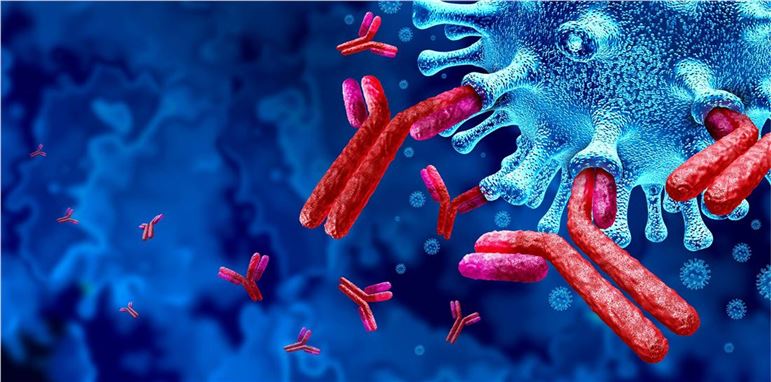With the advancement of genetically engineered antibodies, the single chain fragment variable (scFv) has garnered increasing attention in both theoretical and practical applications. Serving as a vital component of targeted drugs, scFv plays a crucial role in cancer treatment, and offers unique advantages in disease diagnosis. Antigen-binding fragments (Fab), renowned for their strong tissue penetration, short half-life, low immunogenicity, and cost-effectiveness, hold immense promise in the realms of diagnosis, clinical treatment, and beyond. However, the utility of such biologics is significantly impeded by factors such as temperature sensitivity. Consequently, the screening of thermal stable scFv/Fab holds the key to expanding their applications and driving further advancements in the biomedical field. Drawing upon our extensive experience and phage display platform, Creative Biolabs offers comprehensive services to support the development of thermal stable scFv/Fab.

Compared to classical antibody molecules, scFv stands out due to its small molecular weight (approximately 1/6th that of a complete antibody molecule). It was initally successfully expressed in yeast and plant cells, possessing the ability to spontaneously fold into form a natural structure with antigen-binding properties. scFv finds wide-ranging of applications in antiviral therapies, tumor treatment, autoimmune disease therapies, and targeted drug therapies. In contrast, Fab antibody fragments lack the glycosylated Fc constant region found in classical antibodies. This absence grants Fabs advantages like strong tissue penetration, short half-life, lower immunogenicity, and economical production costs, making them highly promising in diagnostics, clinical treatments, and various other fields. Currently, at least three therapeutic Fab antibody drugs have received approval and entered the market, with numerous other Fab antibodies in various stages of clinical development and preclinical research.
The scFv fragment comprises the heavy chain and light chain variable region linked by a short peptide (15-20 amino acids). In comparison, the Fab fragment consists of the complete light chain and a portion of the heavy chain structure (encompassing the variable region and the first constant region). Fab consists of a CH1 and a CL region, linked by a disulfide bond, and does not require a short peptide. Conversely, the scFv fragment lacks this region and necessitates a short peptide to link the heavy chain variable region (VH) to the light chain variable region (VL). It is widely recognized that scFv/Fab antibodies are highly susceptible to temperature fluctuations, especially high temperatures. Elevated temperatures can disrupt the structure of monoclonal antibodies, leading to antibody aggregation, and this damage is often irreversible. Temperature-related factors can significantly diminish the activity and efficacy of scFv/Fab, even resulting in substantial negative effects. Given the extensive applications of monoclonal antibodies in the biomedical field, the development of thermal stable monoclonal antibodies is of paramount importance.
To address this temperature-related challenge, researchers have delved into screening methods for thermal stable scFv/Fab. Phage display has proven to be an excellent tool for this purpose. Creative Biolabs possesses profound knowledge and experience in screening thermal stable scFv/Fab using phage display. We are delighted to share our expertise and insights with you.
All listed services and products are For Research Use Only. Do Not use in any diagnostic or therapeutic applications.